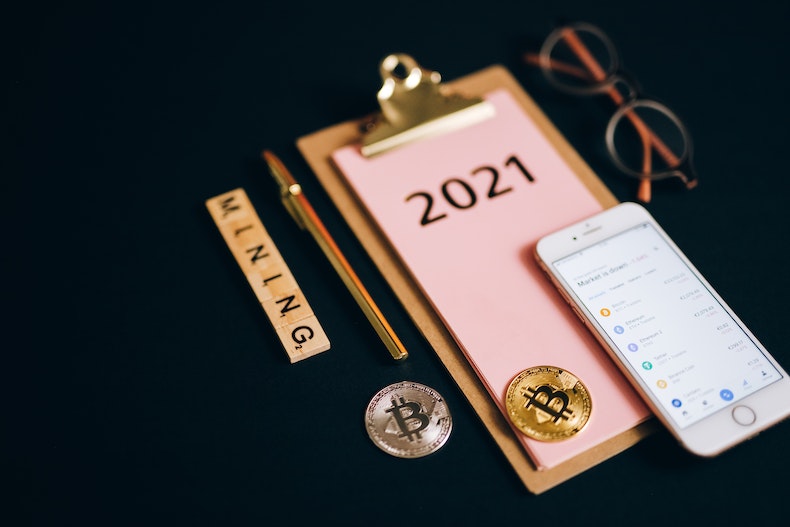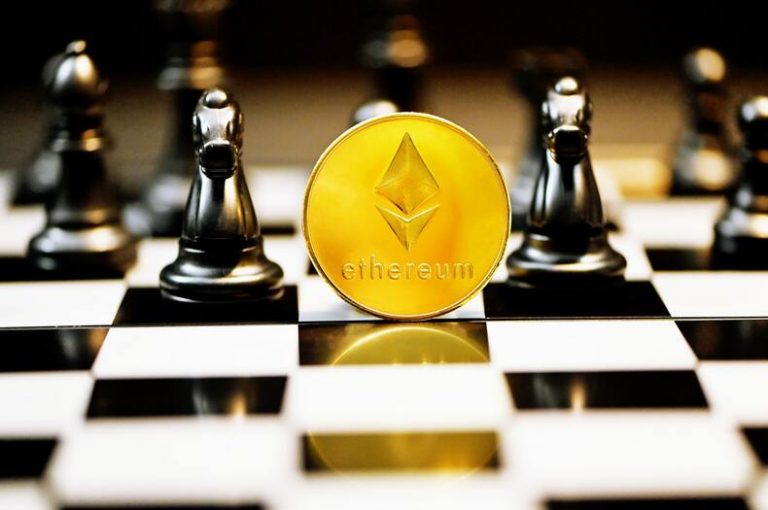Is The Mining Pool Profitable?
Mining pools are a group of miners. Visit bitalpha-ai.io to get help from the best bitcoin traders in your trading journey. The idea is that less powerful miners will be able to get a return from mining instead of having all their work wasted because they don’t have enough power on their own.
In principle, rewards from mining pools are distributed equally to all members of the pool, and the power of a pool is shared. The value of Bitcoins being mined determines the rates at which transactions are broadcast to the network. The users of each pool only pay for what they use.
However, there is more to mining pools than just a single block reward per day; there is also an opportunity for users to profit from higher-priced transactions. These opportunities’ size depends on how large the network can grow. Let’s explore the profitability of mining pools and how they work.
What is the difficulty in bitcoin mining?
The growth factor is known as ‘ difficulty ‘. As the difficulty increases over time, new blocks will take longer and have a lower chance of being found by a miner with less hash power. It means that the payouts per power unit will eventually represent a lower amount than they did when the difficulty was lower.
Here is an example: Let’s say that Bitcoin has a price of $290, and a block is mined every 10 minutes. The block reward is 25 Bitcoins (BTC) which translates to about $850 for each new block. The pool owner charges a 2% fee, and half of all fees go to payment processing and miners’ rewards. So, taking away the 2% fee from each block reward leaves us with $771 per solved block.
Each miner in the pool gets about 0. 45 BTC per solved block (25 BTC x 0.45 = 12.5 BTC in total) which is less than what they could get from the network when block rewards are 25 Bitcoins each ($850). So to make this work, there must be a way for miners to be compensated for their power and also some way for them to calculate the value of their resources.
Advantages of bitcoin mining pool:
1. Competitive pricing: Users don’t have to worry about utility costs and electricity, internet, heat, and cooling costs.
2. Maintaining efficiency: The bitcoin mining pool allows for an easy, automatic way to keep the miners’ equipment up and running and improves the resources devoted to solving blocks. It is important because when some miners leave or stop contributing, it can be difficult for the rest of the pool’s miners to keep up with network traffic increases.
3. Decentralized mining: Miners do not need centralized controllers to manage their pool due to the nature of bitcoin mining. Each miner has hardware, and there are no restrictions on what hardware can have a use case.
4. Transparent statistics: Bitcoin mining pool operator(s) can easily monitor each miner’s relative power contribution performance without waiting for individual data points from each miner.
Disadvantages of bitcoin mining pool:
1. Higher initial costs: Bitcoin mining pools require a significant upfront investment by pool operators. It includes equipment and maintenance. In addition, it will require the operator to keep their costs below the amount paid to miners, which may be difficult for most mining pools.
2. Danger of unexpected expenses: Bitcoin mining is an endeavor in which no two miners are precisely the same (in terms of power consumption and efficiency). If a miner has terrible luck with his solving attempts, he may spend all his money and lose access to the network. Furthermore, it could cause him vast amounts of problems in terms of redundancy and functionality if he cannot continue mining to recover.
Are mining pools profitable?
Bitcoin mining pool operators must reinvest a significant part of their net profit into the system to maintain decentralization and security. However, it is possible by buying equipment and maintaining the operations.
Some pool operators have decided to keep between 10% and 20% of the network’s current block rewards and reinvest them into the system. This intense reinvestment has led many industry observers to be more optimistic about bitcoin mining pools in recent months, with some saying that they can help solve problems within the bitcoin network, even if they are not directly connected to block congestion issues.







